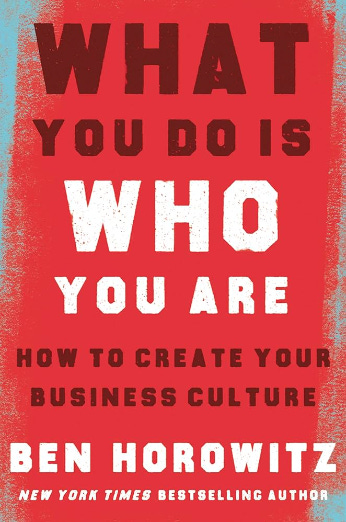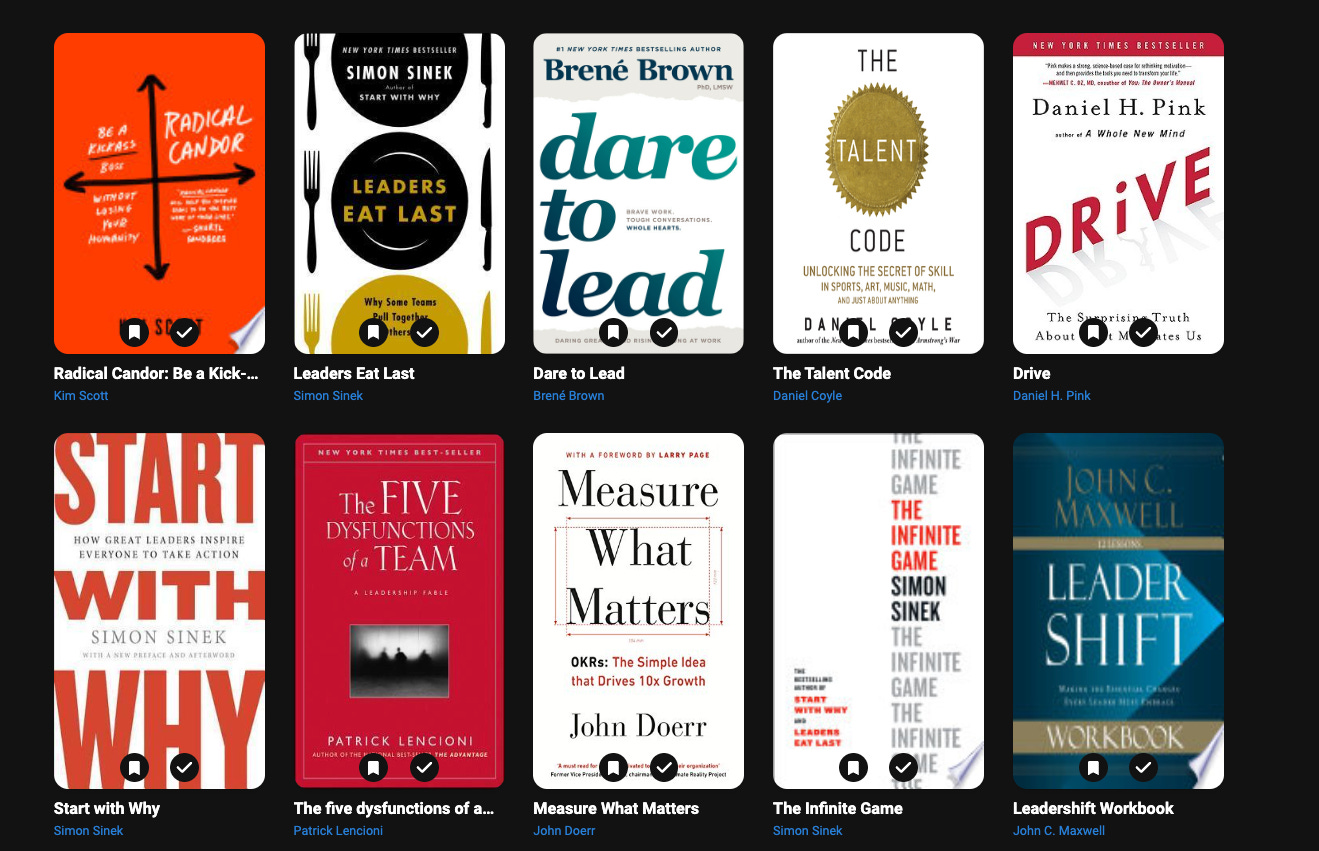What's the connection between a Samurai, Hip Hop and Genghis Khan?
And what does it have to do with the company's culture.
The short answer to title: They are all a culture.
I will elaborate more about it as we go.
Ben Horowitz, a CEO, a venture capitalist and the author of “The Hard Thing About Hard Things” talks in his book about culture and why it might be the single most important thing about your company.
Assuming you have a good product.
Let’s start with some basics.
What is a culture?
Well, Horowitz doesn’t say what a culture is, more like what it is not.
It’s not the values that everybody claim to follow.
It’s not the CEO’s leadership style.
It’s not the perks of the company.
It’s not the mission statement.
They can all reflect the culture, but they are not culture on their own.
But, wait, why the values of the company are not the culture of the company?
Because they are only the surface level. They must be connected to actions.
So here’s an attempt to explain it:
“The way employees make decisions and act based on their perception of underlying premises and shared beliefs.”
Why does a culture matter?
In essence (it’s not GPT, I promise), culture is all the big and small actions and decisions made daily by employees in the company.
All those decisions and actions add up to the company’s success or failure.
Here are 3 ways culture improves a company:
It gives vision and understanding to the employees so they know what to do to move the company forward consistently.
It gives employees a common purpose and thus, having the right people, it can boost their performance.
Great culture + great product can disrupt an industry and change the landscape forever.
Here’s where hip hop comes in to play.
I’ll let Horowitz explain this one:
“In the 1970s, a bunch of poor kids from the Bronx created a new art form, hiphop. In a single generation they overcame poverty, racism, and massive opposition from the music industry to build the world’s most popular musical genre. They changed global culture by inventing a culture premised on candor and a hustler’s mentality.
The hustler’s mentality could be seen in how hip-hop DJs sourced their basic building block: breakbeats. Breakbeats were the part of the song that everyone got excited about on the dance floor—the beat-heavy breakdown sections that featured drums and bass, or just drums.”
Great, so now that we know what a culture is and why we need it, how are the samurai and Genghis Khan connected?
Well, the Samurai Honor Code has kept the samurai in power for nearly 700 years and is still echoed in Japan.
And Genghis Khan, the creator of the Mongol Empire, has subdued some 12 million squared miles of land in the peak of his power.
For perspective, it’s almost the size of America, Russia and China combined.
And the largest country in the world is Russia, which is 6.6 million squared miles.
A moment before we jump into the samurais and Genghis, let’s see two real life examples of a good and a bad culture.
Meta (Formerly Facebook)
Meta’s culture used to be
Move fast and break things
It was easy to understand and practical. Everybody knew exactly what they need to do and how in any situation.
How practical was it, you might ask.
Even though Facebook had over 800 DAILY active users, they had 0 test coverage on everything.
Engineers would build something, release to production and pray nothing breaks.
Facebook’s number 10 talks more in depth about it in
’s podcast:Facebook, Dropbox & Modern Engineering Teams.
Personal story
I used to work for a company that said it has a culture. It even had a great presentation to show it.
Two of it’s core values were honesty and empowerment.
During the height of the “COVID boom”, everything went smoothly and everybody had a great time.
Mainly because the company had enough money to order fancy lunches and be in a fancy office.
When things turned down and the money stopped flowing in, suddenly people got lost.
I asked what empowerment means then, to try to help the company be united and push through the crisis, but it seems like no one had a clue what it means. Not even the founders.
Even worse, the founders didn’t respect their own culture.
They told us that everything is okay and that we are close to being cashflow positive, even though they couldn’t pay salaries at that time. (Failed at honesty).
That’s an example of when words don’t meet actions.
And that’s where most cultures fail.
Lessons from the Samurai
Choose your virtues with action in mind
There are 2 things you need to look for when choosing an effective virtue:
They are practical and set you up for success
First, you should be able to say how this belief would look in practice, so you can determine whether you can live up to it or not.They define who you are as an organization
Do not pick virtues according to whether they are the “standard” in your industry or not.
Explain how to apply those virtues
Good virtues have detailed and exact definitions, ways to practice them and examples.
The Bushido’s, a moral code concerning samurai attitudes, virtues were complimenting each other to avoid warriors from trying to achieve one of them and hurting another in the process.
Lessons from Genghis Khan, Master of Inclusion
Look for skills, not for people
In order to develop an inclusive army, Khan found unique skills and strengths in each community that he conquered and adapted them into the Mongol culture and taught them across his empire.
Today’s business world has a few similarities.
Yes, it’s cut throat (Pun intended) and tough, but also has a lot of different groups of people that have different set of skills and talents.
So, if there’s a group you’re not hiring from, you’re missing out on the specifics that group has.
Give everyone the opportunity to succeed
Unlike most armies, which had leaders on horseback and soldiers on foot carrying their superiors’ equipment, Khan treated his members as equal. Everyone rode horses and took care of their belongings.
Companies today value they’re employees first by their demographic statistics (Age, gender, race, marital status, education levels etc.) and then force them to prove they are better than some elements of their identity.
In order to avoid that, you should let their employees know they were chosen for their skills and virtues and give them to opportunity to apply those.
And to check whether you’re on the right track or not, you should focus on the attrition rates rather then hiring rates.
That will show you whether people in the company are happy and choose to stay.
Final words
In today’s changing world, culture might be the single most important thing is a company.
And it’s not just a set of values, statements or perks—it’s the basics that drive forward your company and your employees. It what makes your company unique.
By choosing the right culture for your company you set it up for success and even more important, you make the people in it feel good and appreciated, which will make your company even more successful.
If you enjoyed the summary and the book, here’s a list I created on BookWiz for you to read next!
What we enjoyed reading this week
Toggles for your homepage 🕹️ by
- Legit one of the best ideas I read for your landing page.No more awkward performance reviews: How to be honest without making your direct report rage quit by
How to Create a Workspace at which Everybody Wants to Stay? by




I believe that leaders not only shape the culture but also depend on it to implement their vision and strategies effectively. A positive culture under good leadership can lead to a harmonious, collaborative, and successful organization.
Thank you for the mention Orel!
Agree, it is really hard to tell what the culture is like until you are in the inside. As far as should you leave if the culture is ‘bad’, that’s also a tough question. If you are still growing and able to navigate, then it may be ok. Really depends on how bad it is (toxic?) then probably time to move on when possible.